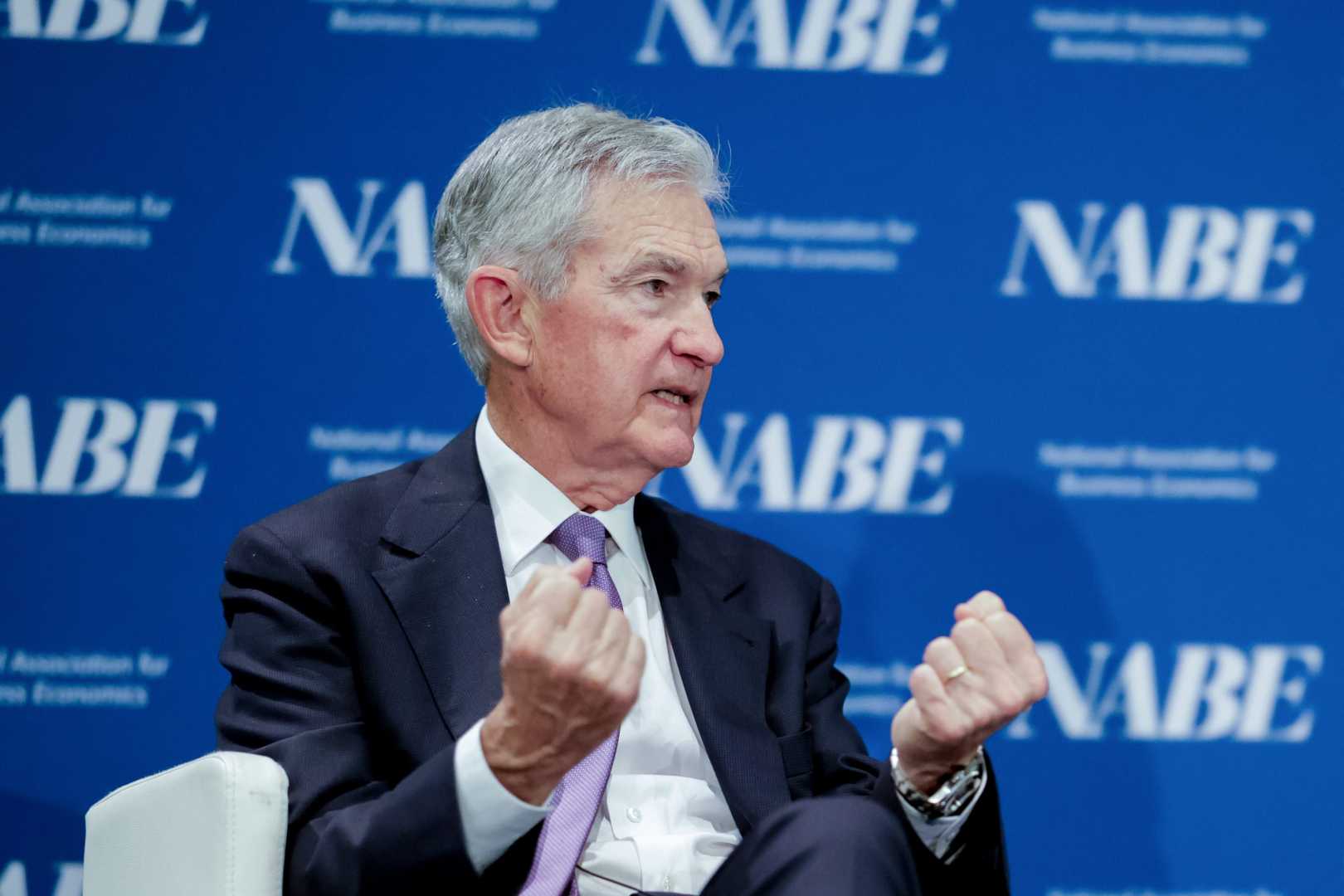Business
Investors React to Powell’s Dovish Tone Amid Renewed U.S.-China Tensions

PHILADELPHIA, Pa. — Jerome Powell, chair of the U.S. Federal Reserve, reassured investors on October 14, 2025, with a more dovish outlook on interest rates during a meeting at the National Association for Business Economics.
Despite the calming message, market relief may be short-lived as President Trump reignited tensions with China over soybeans. Powell indicated that, without government data, the Fed is relying on both bank and private data to assess the economy.
The context of Powell’s remarks signifies a delicate balance. Currently, inflation is hovering around 3%, challenging the Fed’s goal of maintaining it at 2%. Slowing job growth, meanwhile, complicates the situation, as rising inflation typically necessitates higher rates.
“The unemployment rate remained low, but payroll gains have slowed sharply,” Powell said. He cited a decline in labor force growth linked to reduced immigration and labor participation. He added, “Downside risks to employment appear to have risen.”
Despite delayed official data due to the government shutdown, Powell reported, “Both layoffs and hiring remain low, and perceptions of job availability continue to decline.” Analysts noted that Powell’s willingness to “look through” tariff-related inflation suggests a possible path forward for monetary policy.
The chairman emphasized, “We will set policy based on the evolution of the economic outlook and the balance of risks.” His words helped bolster market optimism for a potential interest rate cut. According to CME’s FedWatch barometer, the likelihood of a 25-basis-point cut at the upcoming Federal Open Market Committee meeting has risen to nearly 96%.
However, the market’s confidence took a hit following Trump’s comments on social media about China’s soybean purchases. Deutsche Bank’s Jim Reid explained, “The last 24 hours has been a microcosm” of market volatility, as the S&P 500 traded slightly lower after an initial rally driven by Powell’s comments.
This morning, investors grappled with mixed market signals. The S&P 500 futures rose by 0.59%, while the Composite index decreased by 0.76%. In contrast, the Dow Jones Industrial Average increased by 0.44%.
Across Europe, major indices showed slight gains. Germany’s DAX rose 0.23%, Paris’s CAC 40 increased by 2.5%, and the Euro STOXX 50 climbed 1.45%. In Asia, both the Nikkei 225 and Hang Seng Index surpassed 1.7% gains.
The VIX volatility index, however, spiked 3% late yesterday, reflecting investor anxiety following Trump’s remarks about potential retaliation against China. “I believe that China purposefully not buying our soybeans is an economically hostile act,” he tweeted, underscoring the ongoing tensions.
Trump’s threat of 100% tariffs on China last Friday was met with assurances of a possible trade deal, but the latest data suggests that U.S. leverage in the trade war may be waning.












